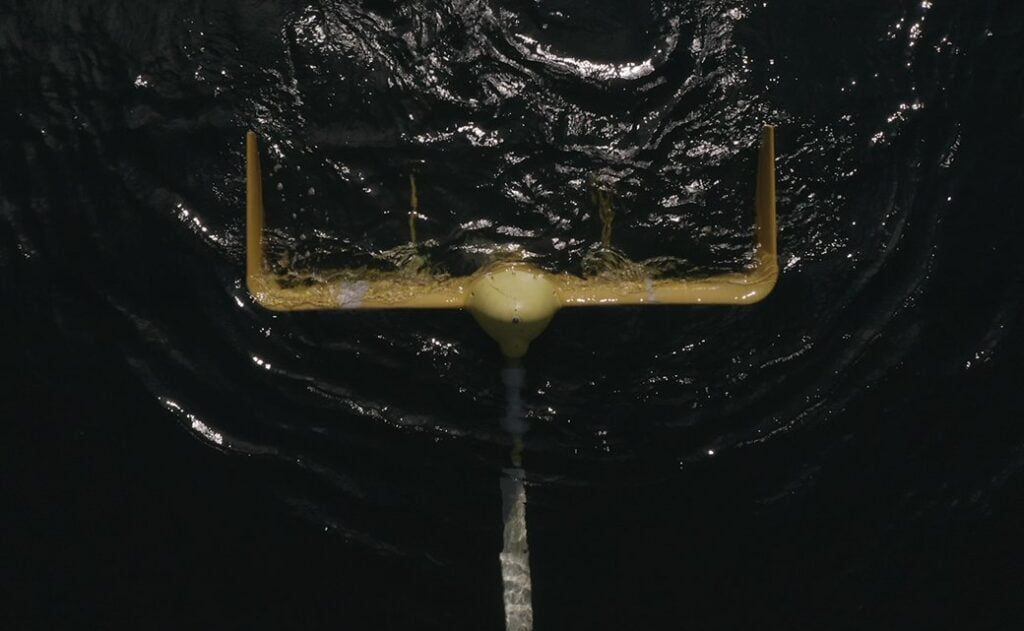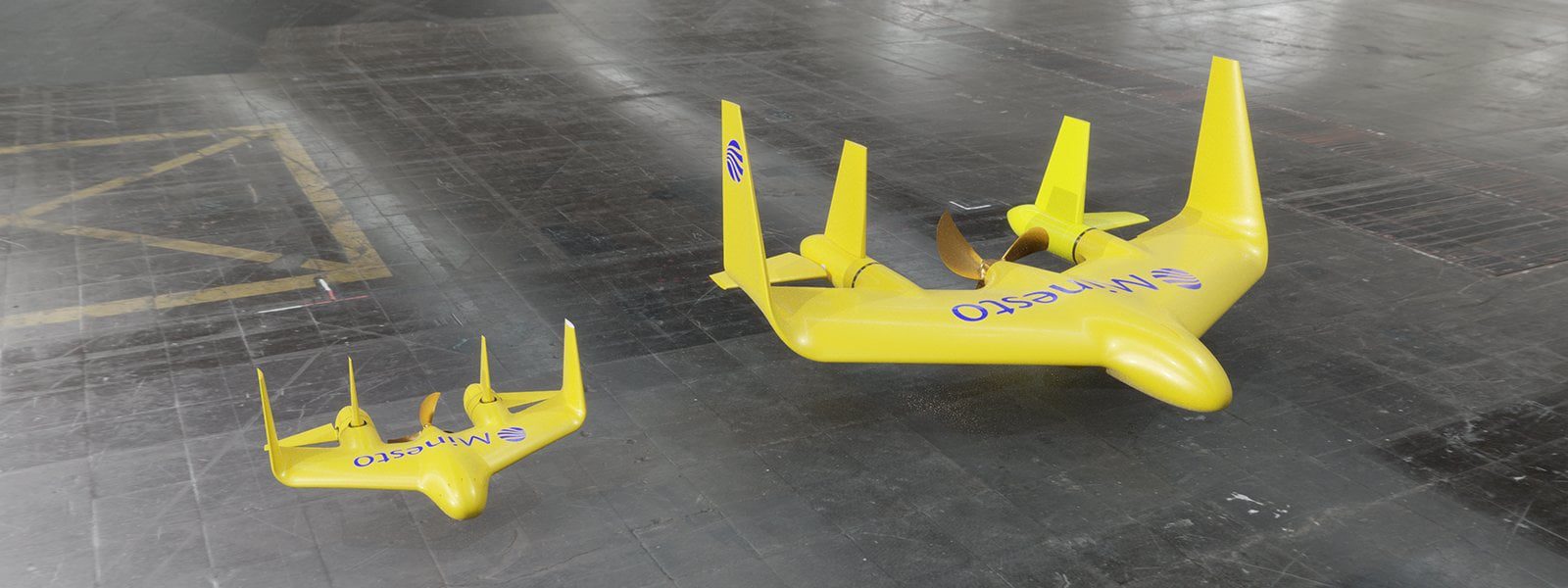Have you ever wondered what it would be like to fly underwater? The Swede Minnesota has found a way to do this, producing electricity from the kinetic energy of sea currents. The underwater kites of this company, moreover, do so by obtaining much higher energy production performances than traditional fixed tidal turbines.
The new kites in the range Dragon Class they have been designed to be effectively scalable and available in different sizes and customized power ratings, based on the conditions of the place where they will operate. This means they will be able to adapt to different energy production needs and characteristics such as water flow rate and depth. Furthermore, their design simplifies management during installation and maintenance, while also reducing production and assembly costs. After the first test phase in the Faroe Islands (of which we spoke to you just a year ago), underwater kites will also be at work in Northern Ireland and France.

How do underwater kites work?
The principle behind Minesto's Dragon Class is similar to that of a kite flying in the wind. In this case, however, the wing is underwater and uses the force of the hydrodynamic lift created by the sea current. An onboard control system with rudders guides the kites in a figure-eight trajectory, while water efficiently flows through the system's turbine generating electricity with power ratings between 50 kW and 1,2 MW.
Unlike other sources of this kind (such as theAeolian), tidal energy is more stable. For this reason, devices like those from Minesto represent a promising solution for the future of renewable energy, capable (with this new generation) of offering even higher performance with even lower costs.
And it's not a bad thing: the sea covers 70% of the earth's surface but is still little exploited as a source of renewable energy. This solution is truly an important step, indeed: the confirmation of an important step towards the future of sustainable energy.


